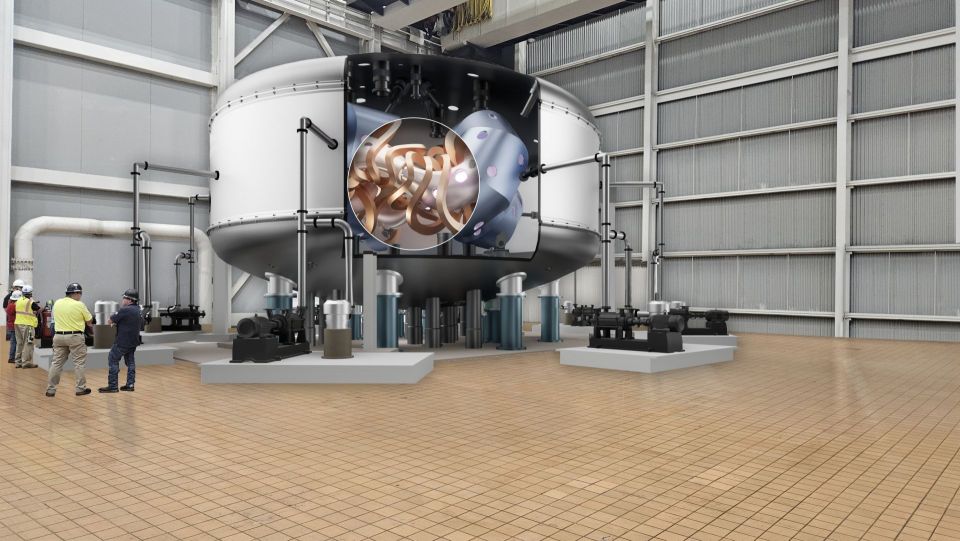The stakes: As Galchen’s article notes, generating usable energy from nuclear fusion is “the great clean–energy dream,” capable of meeting the world’s energy needs, at scale, without the need for fossil fuels.
Yet net gain in fusion, as the old joke goes, is always 10 to 20 years away, no matter what year it is. Or, as Galchen puts it, paraphrasing the White Queen in Lewis Carroll’s Through the Looking Glass, “It is never jam today, it is always jam tomorrow.”
New tech: While challenges still exist, technological advancements in fields such as high-temperature superconductors, artificial intelligence, and 3D printing are giving cause for optimism, and as Galchen notes, fueling the private-sector interest in fusion systems.
At the heart of Commonwealth Fusion Systems’ optimistic 2030 goal is its high-temperature superconducting magnet, which in September reached a sustained magnetic field of more than 20 teslas. That is enough, the company said, to enable its compact tokamak device, called SPARC, to achieve net energy from fusion.
Lofty goals: In Greek mythology, the story of Icarus is a cautionary tale of hubris. In finding a quite different lesson from that tale, however, Galchen points to British physicist Arthur Eddington, who foreshadowed the discovery of nuclear fusion in his 1920 paper, “The Internal Constitution of the Stars.” In that paper, Eddington argues in defense of Icarus, who, in flying too close to the sun, “brought to light a constructional defect” in the design of his father’s wings. “But if he is not yet destined to reach the sun and solve for all time the riddle of its constitution, yet he may hope to learn from his journey some hints to build a better machine,” Eddington wrote.
Whether we are on the cusp of building a better machine to reach the power of the sun remains to be seen, but we are flying as close as we ever have.
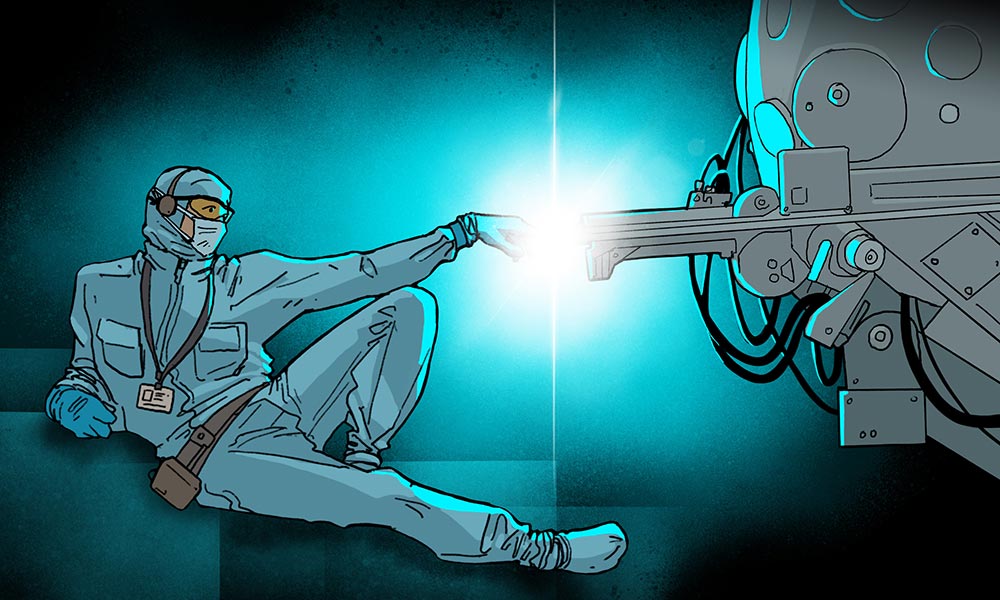



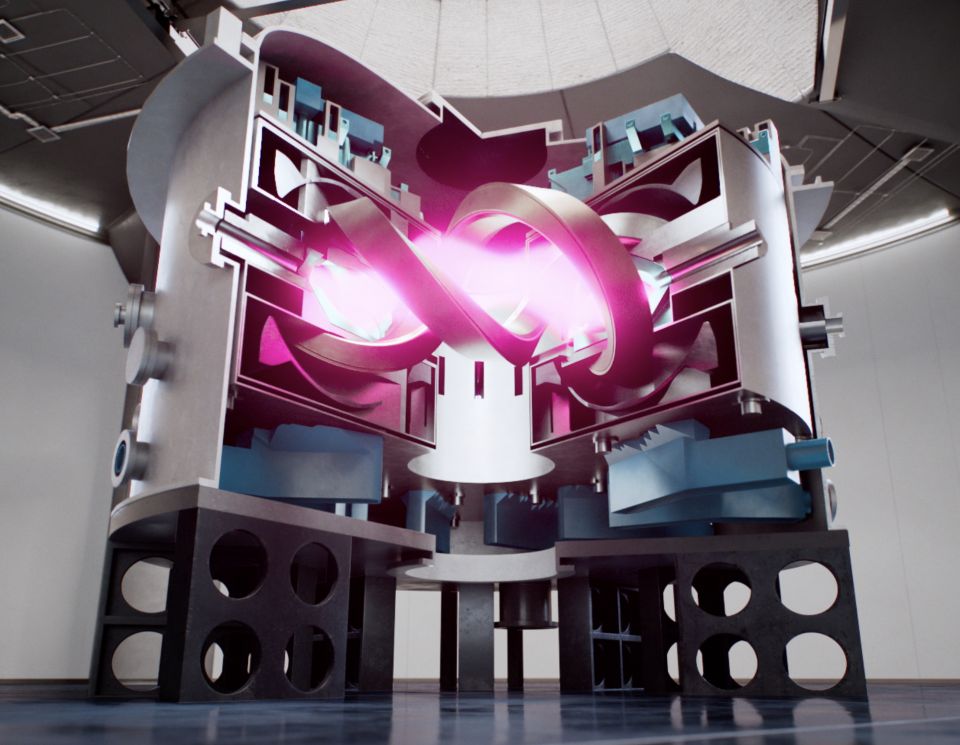
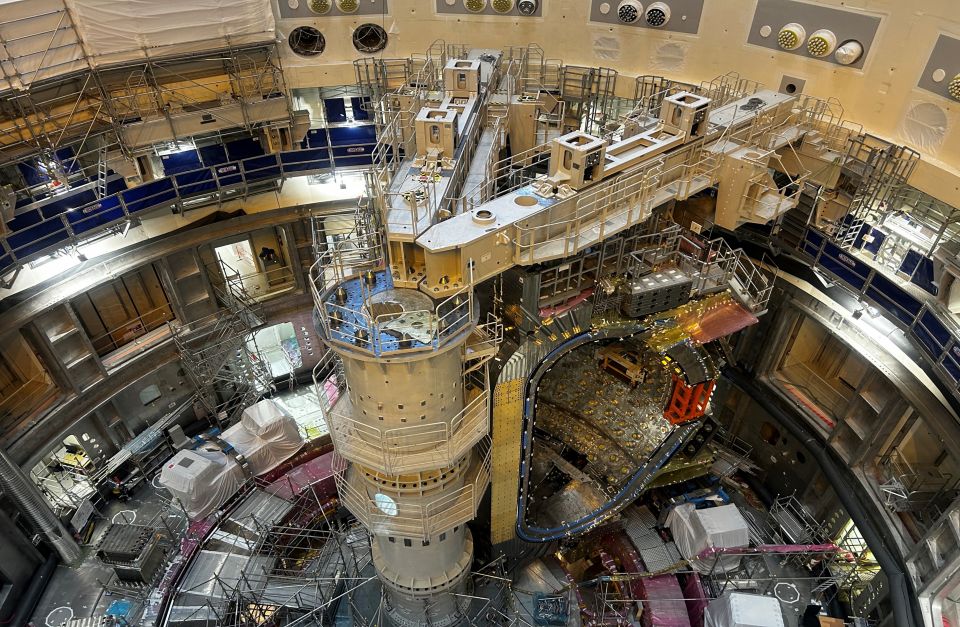
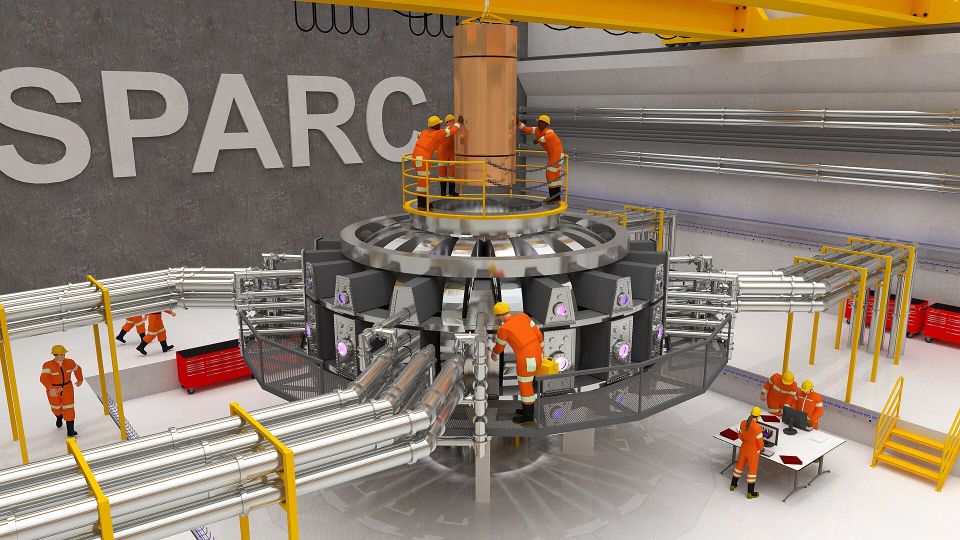
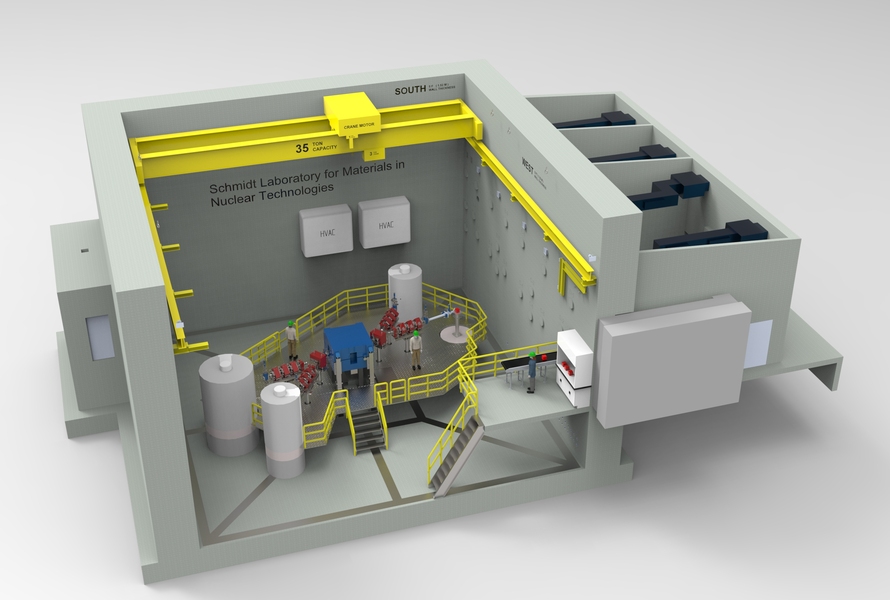

.svg.png)
